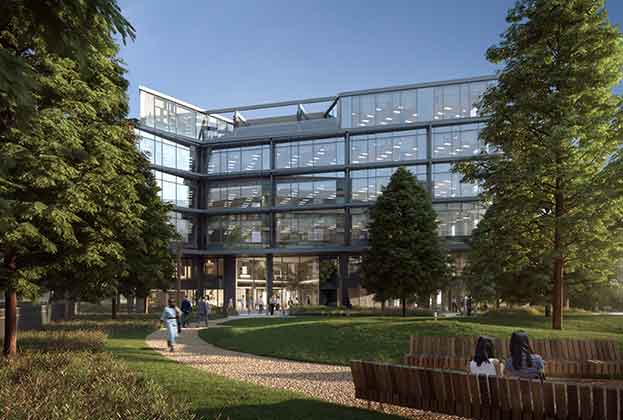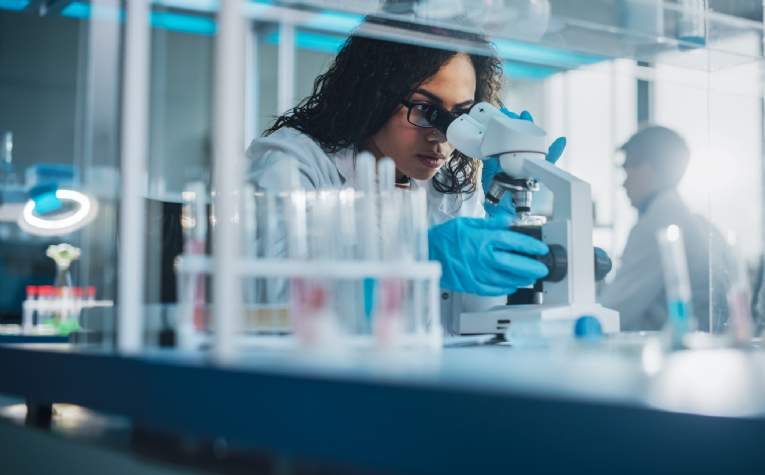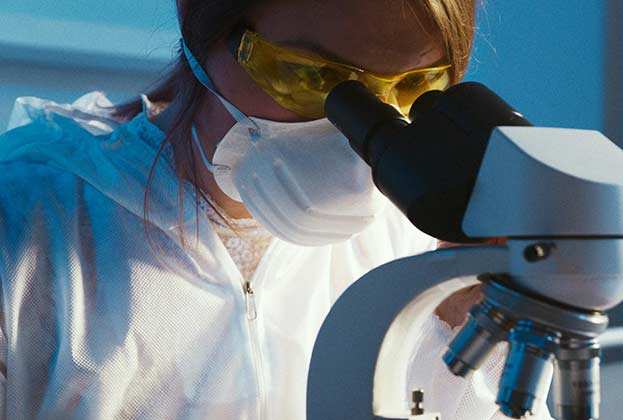While a lot has been said about research & development (R&D) and laboratory space, especially in relation to Covid-19, this is only one part of the process for life science occupiers. For instance, once a scientist has discovered a vaccine, they then need to be able to manufacture it. However, given the complexities of the process this can’t be done just anywhere.
For this reason, demand for life science related manufacturing space is set to increase dramatically. This is not just due to the pandemic, but because of the rapid expansion amongst a number of life science companies within the UK that are currently developing treatments for a whole range of conditions and diseases.
What real estate, therefore, is required to manufacture a potential cure? These facilities normally comprise a warehouse style building, but not as we know it. In contrast to a conventional lab they tend to include a lot more plant, mechanical and electrical systems (M&E) and use a lot more power. New build, existing units and even retail warehousing can accommodate this type of space, however fit-out costs are significant, sometimes reaching as much as £1,000 per sq ft.
One possible solution when it comes to cost is the creation of multi-user facilities. An example of this is the Cell and Gene Therapy (CGT) Catapult facility in Stevenage, which provides space and infrastructure for life science collaborators who don’t yet have the capital to set up on their own. It has 12 fully segregated Good Manufacturing Practice (GMP) suites available for companies to operate their own manufacturing processes while benefitting from a unique collaborative model, along with the CGT Catapult expertise, functions, systems, and capabilities. This reduces the overall initial investment that would be needed for companies to fit-out their own space.
On a much larger scale is the Vaccine Manufacturing and Innovation Centre (VMIC) currently being built on the Harwell campus in Oxford. This will provide the necessary infrastructure for facilitating vaccine development and manufacturing, particularly in the fight against Covid-19.
These facilities are typically between 50,000 and 100,000 sq ft, but still need to be located in places where they can attract the best possible talent. So unlike some conventional warehouse space, amenity and the overall quality of environment remain essential requirements.
What’s more, the creation of these facilities is likely to generate extra demand for supporting office and R&D space that often make up the ecosystem of expanding life science firms. This is why landlords, investors and developers should take manufacturing into consideration when looking at opportunities within the sector.
-catapult-facility-in-stevenage.jpg)
.jpg)
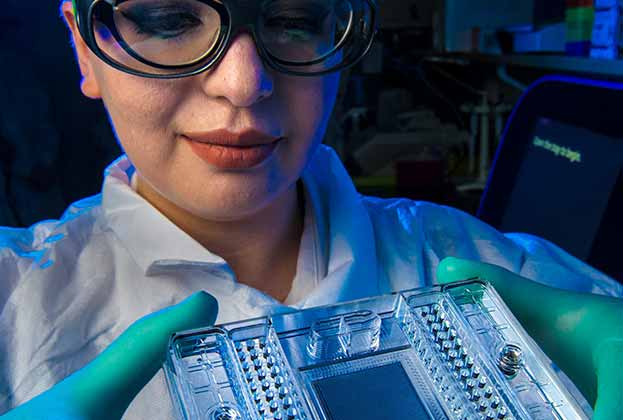
.jpg)
.jpg)

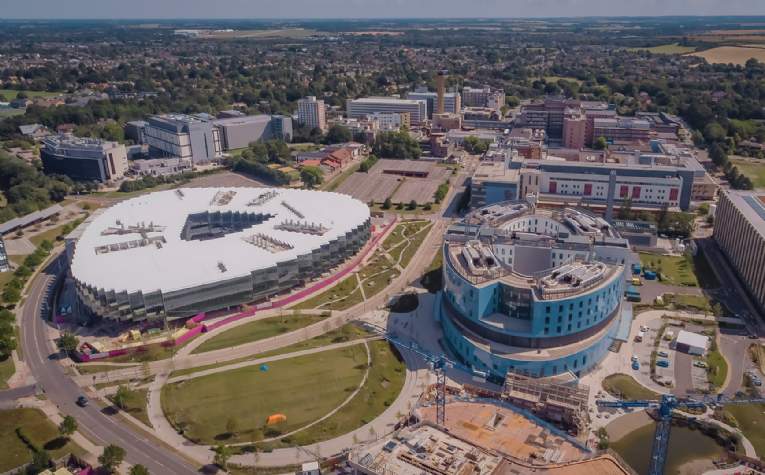
.jpg)
